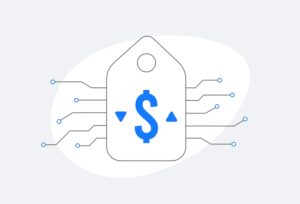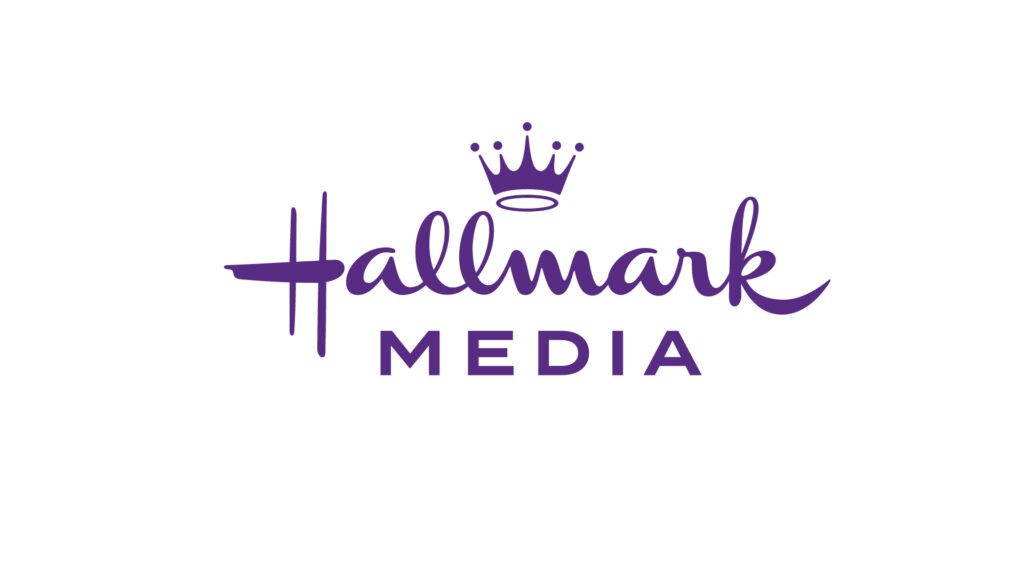Anyone who has hunted for an apartment has probably been exposed to a rudimentary form of lead scoring: One of the first questions a smart agent asks home seekers is how long they have been looking. Agents know that people new to the process are more motivated to make a decision quickly. Those who have been looking for a while may be indecisive about moving, or may just enjoy looking at homes without having any intent to purchase.
This may not be cutting-edge lead scoring, but these agents grasp instinctively what a white paper from Marketo states: Give a salesperson a handful of new leads, and chances are three in four won't be sales-ready.
While lead scoring is supported by analytic systems, it is a marketing process, as opposed to a technology platform. Typically, it is used in long-sales-cycle, high-value industries that use salespeople. Although a few consumer verticals such as homes and vehicles fall into this category, this type of analysis is more commonly considered a business-to-business strategy.
Through lead scoring, marketers gauge a prospect's interest and viability before the first phone call is made or email is sent. This avoids wasting a salesperson's limited time.
Formal lead scoring merges considerations from both marketing and sales, and applies a variety of weighted attributes to each lead. Right upfront, this represents a clash in cultures. Marketing departments are traditionally rewarded for the sheer volume of leads they pull into the sales funnel. Salespeople, on the other hand, are often compensated only for the deals they close, meaning they have a vested interest in focusing on only the most viable prospects.
The best lead-scoring activities draw from "a common definition [generated by both marketing and sales] of a truly hot lead," according to Eloqua's Grande Guide to Lead Scoring.
Explicit and Implicit Data
Lead scores are generated from a variety of prospect behavior and demographic information, which is characterized as either explicit or implicit data. When information is gained directly from the prospect, such as through interactions with sales staff or online questionnaires that ask about budget, purchase authority or the time-to-purchase horizon, it is labeled explicit.
Kestler Financial Group knows the value of explicit data: Kevin Kestler, director of communications, has determined that the desired length of a phone conversation with prospective, independent brokers is between 15 and 20 minutes. At that point, he says, the odds of his firm establishing a relationship with the broker are pretty good.
Explicit budget questions can be especially revealing: Thanks to the Internet, a prospect can do a lot more tire kicking and information gathering before raising the question of how a new venture will be paid for, according to the Grande Guide. A solid indication that a prospect has already secured purchase approval should boost a lead score.
Implicit data comes from observing the prospect's behavior—for example, email clickthroughs, keywords that brought a prospect to a site, or various types of on-site activity. That said, marketers need to differentiate between visitors who look at product pages and those who peruse investor relations or human resources pages. Not all page views are equally valuable.
According to Aberdeen Group, best-in-class companies are 13-times more likely to incorporate three or more implicit attributes into their lead-scoring models.
Marketing automation firm Marketo maintains lists of 50 explicit data points and 200 implicit points that organizations can consider when creating their scoring systems. Marketers can jointly assign point values to each of these based on how well they mirror attributes found in the current customer base, as well as how relevant they are to specific offerings. And attributes of leads generated for specific products can be given customized weights, based on how important the attributes have been in closing sales previously.
As a check on how effective the lead scoring attributes are, organizations can run current top-value customers through the system and see whether they score highly.
Lead scoring works best when it acknowledges most leads as potentially viable, but is part of a system that gives only the top-ranked leads to salespeople, while putting the rest in appropriate—less costly—lead nurturing paths.
The Takeaway
Some of the most valuable lead-scoring activity involves deducting points from a prospect. Some examples:
A student may be doing academic research, as opposed to purchase research, meaning that .edu addresses should be given an additional round of qualification.
A prospect from a country outside the marketer's footprint (identified through volunteered information or by web address suffixes) might prove a difficult sale.
A prospect from a previously unserved vertical may be viable, but may be beyond a marketer's ability to serve adequately.
And then there's time: A highly rated prospect who shows all the right behavior and attributes upfront may stop interacting with a marketer—but be kept on the books as a viable prospect. In truth, that prospect may morph into a black hole for a salesperson's productivity.




 Network
Network

